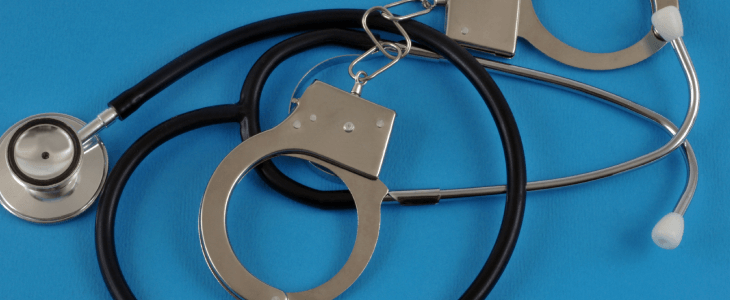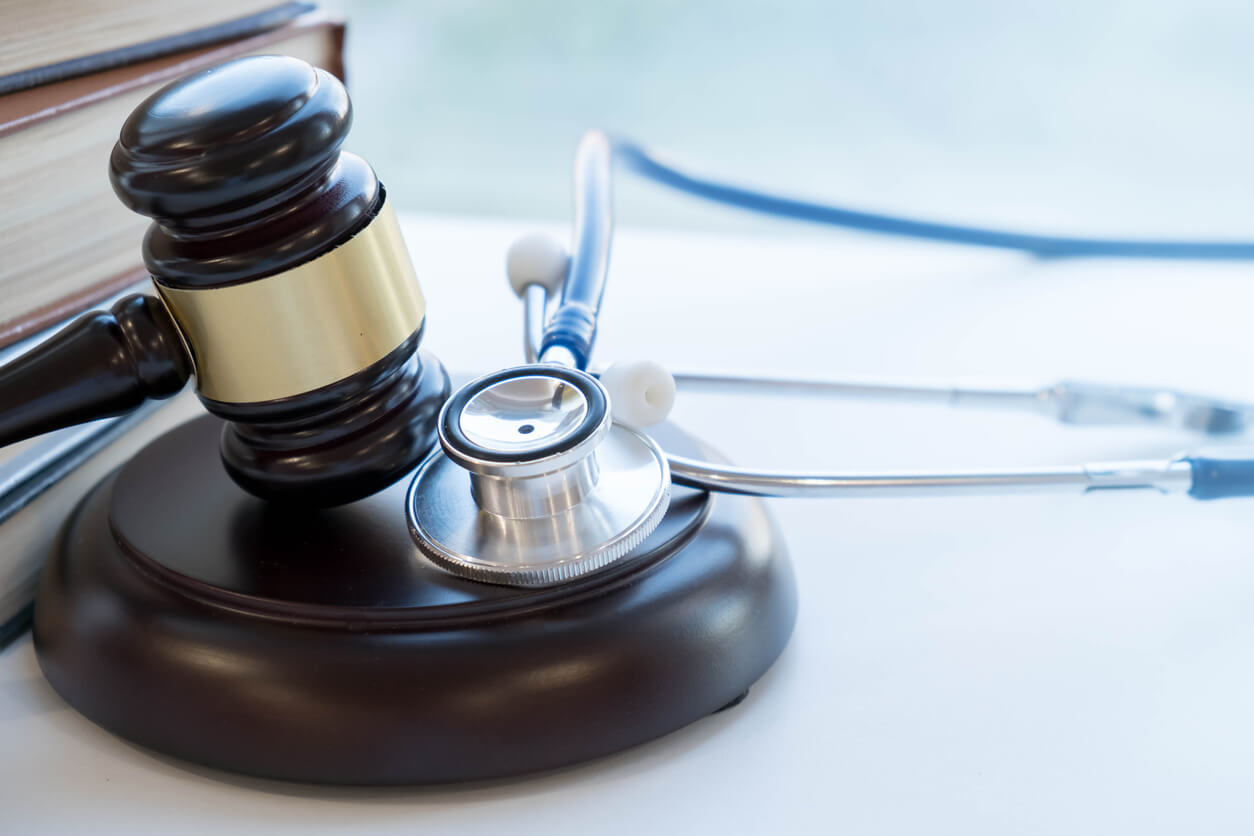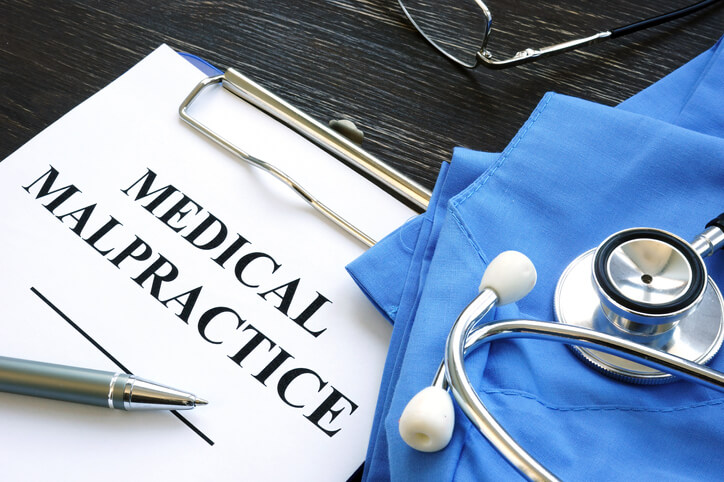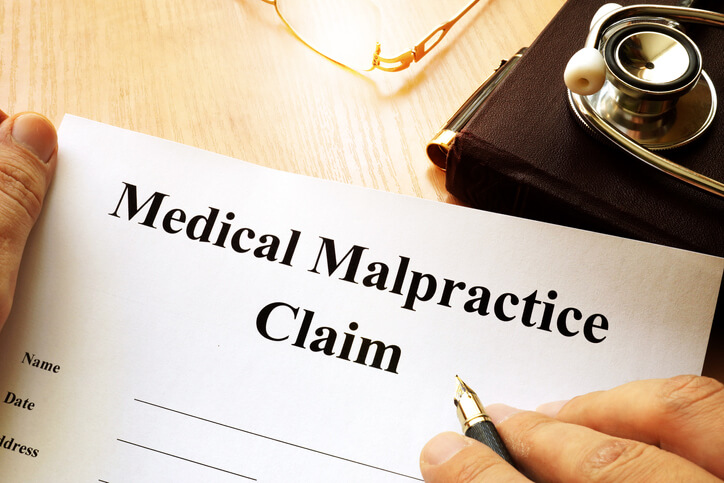A misdiagnosis can be a harrowing experience, impacting not only a person’s physical well-being but also their emotional and financial stability. If you find yourself in a situation where you believe you have been misdiagnosed, it is crucial to understand your rights a s a patient. In this guide, we will explore the rights of patients following a misdiagnosis and the steps you can take to seek justice.
Understanding Your Rights
- Right to Informed Consent: Patients in New York have the right to be fully informed about their medical conditions and treatment options. Informed consent involves understanding the risks, benefits, and alternatives to any proposed medical intervention. If a misdiagnosis leads to inappropriate treatment or procedures, it may constitute a violation of this fundamental right.
- Right to a Second Opinion: Patients have the right to seek a second opinion from another healthcare professional. If you suspect a misdiagnosis, obtaining a second opinion can provide clarity and potentially uncover the correct diagnosis. New York law recognizes and supports a patient’s autonomy in seeking additional medical advice.
- Right to Medical Records: Patients have the legal right to access their medical records under the Health Insurance Portability and Accountability Act (HIPAA). Reviewing your medical records is crucial if you suspect a misdiagnosis, as it allows you to understand the basis for the initial diagnosis and identify any errors or oversights.
- Right to Compensation for Damages: If a misdiagnosis results in harm or worsens your medical condition, you may have the right to seek compensation for damages. These damages may include medical expenses, lost wages, pain and suffering, and any other losses incurred as a result of the misdiagnosis. Consulting with a personal injury attorney can help you assess the viability of a medical malpractice claim.
- Right to File a Medical Malpractice Lawsuit: Patients in New York have the right to pursue legal action against healthcare professionals who commit medical malpractice, including misdiagnosis. To establish a medical malpractice claim, you must demonstrate that the healthcare provider breached the standard of care, the misdiagnosis resulted in harm, and a direct link exists between the breach and the harm suffered.
It is important to be aware of the statute of limitations for medical malpractice claims in New York so that you effectively protect your rights to seek compensation. Generally, the patient has 2.5 years from the date of the alleged malpractice or from the end of the continuous treatment to file a lawsuit. Navigating the legal complexities of a medical malpractice will usually merit the retaining of a knowledgeable personal injury attorney. An experienced lawyer can assess the details of your case, guide you through the legal process, and advocate for your rights. They will help you understand the strength of your claim and the potential avenues for compensation.
Contact Our Medical Malpractice Attorneys in Central New York
A misdiagnosis can have profound consequences on a patient’s life, but understanding your rights is the first step toward seeking justice. For medical malpractice legal counsel you can trust, reach out to the dedicated team at CDH Law. Contact us today.







